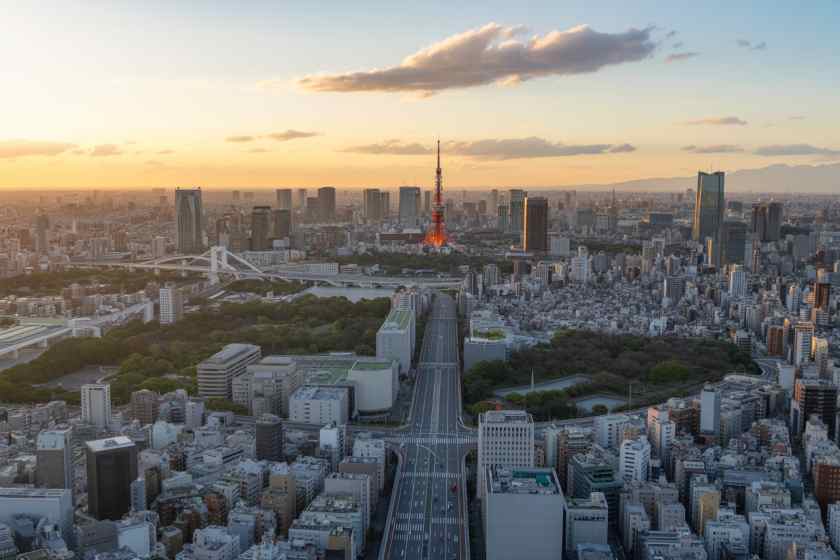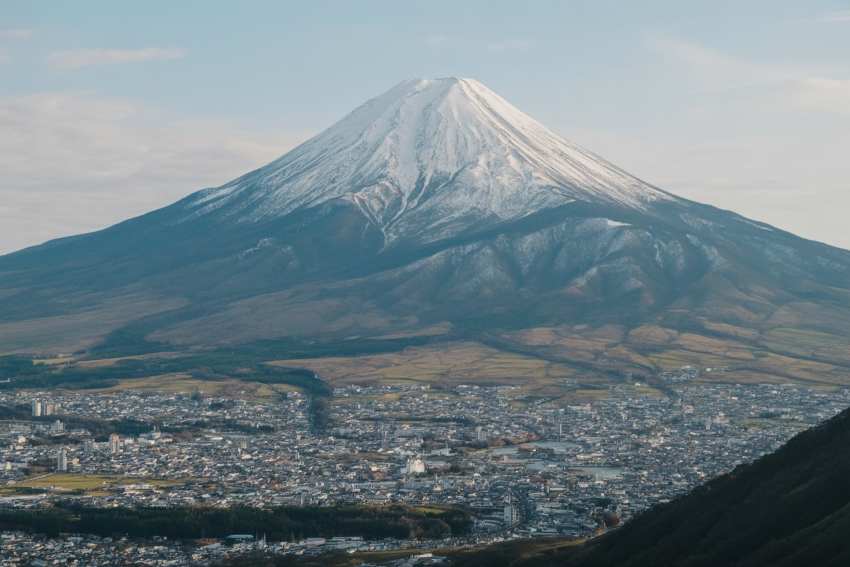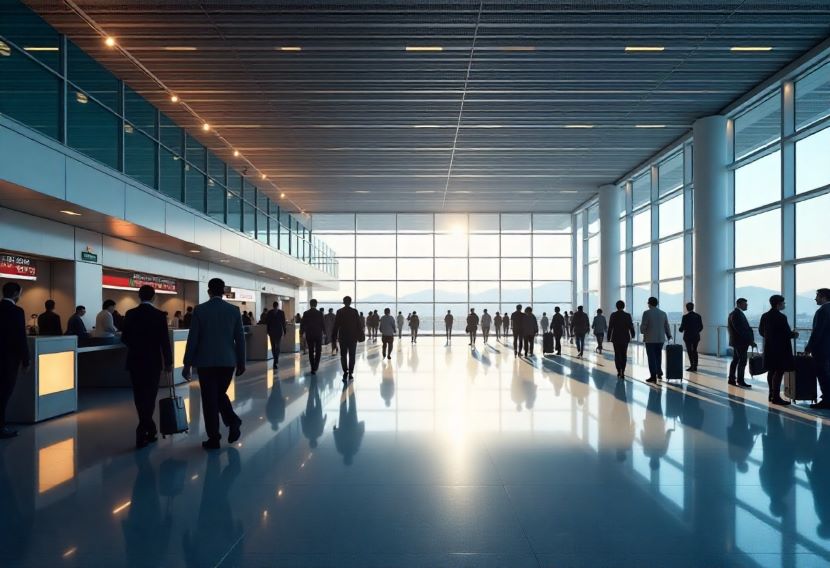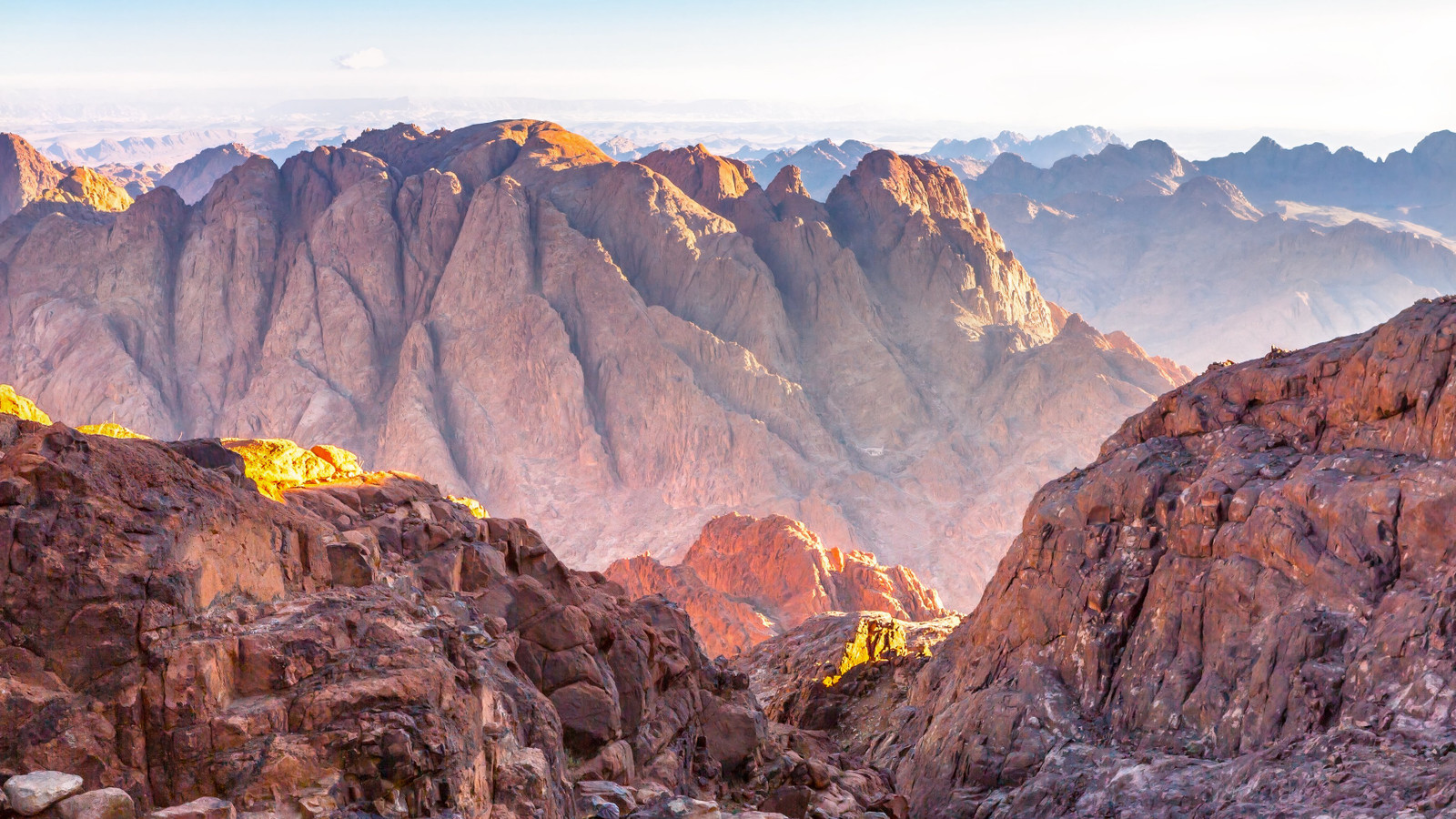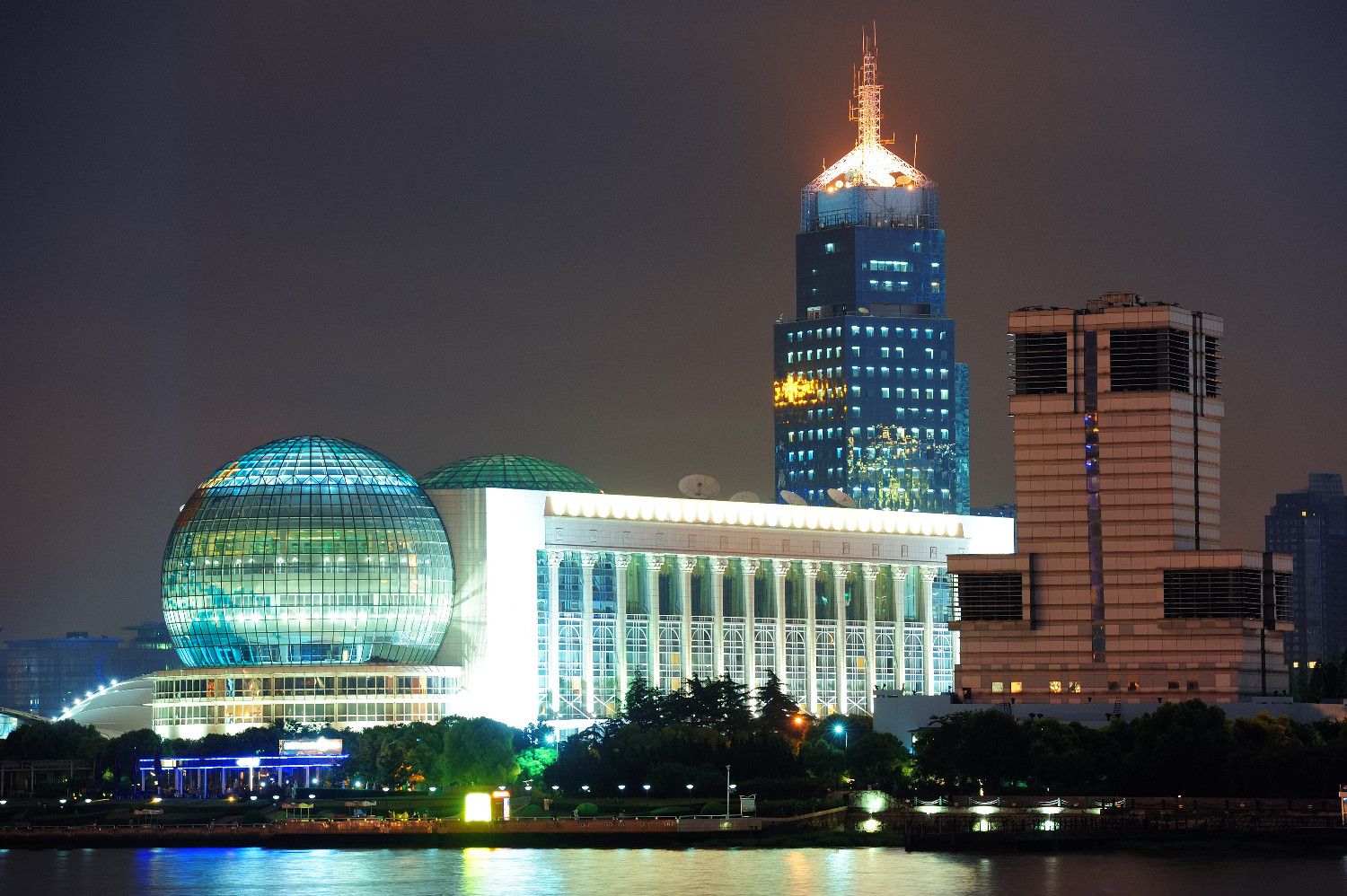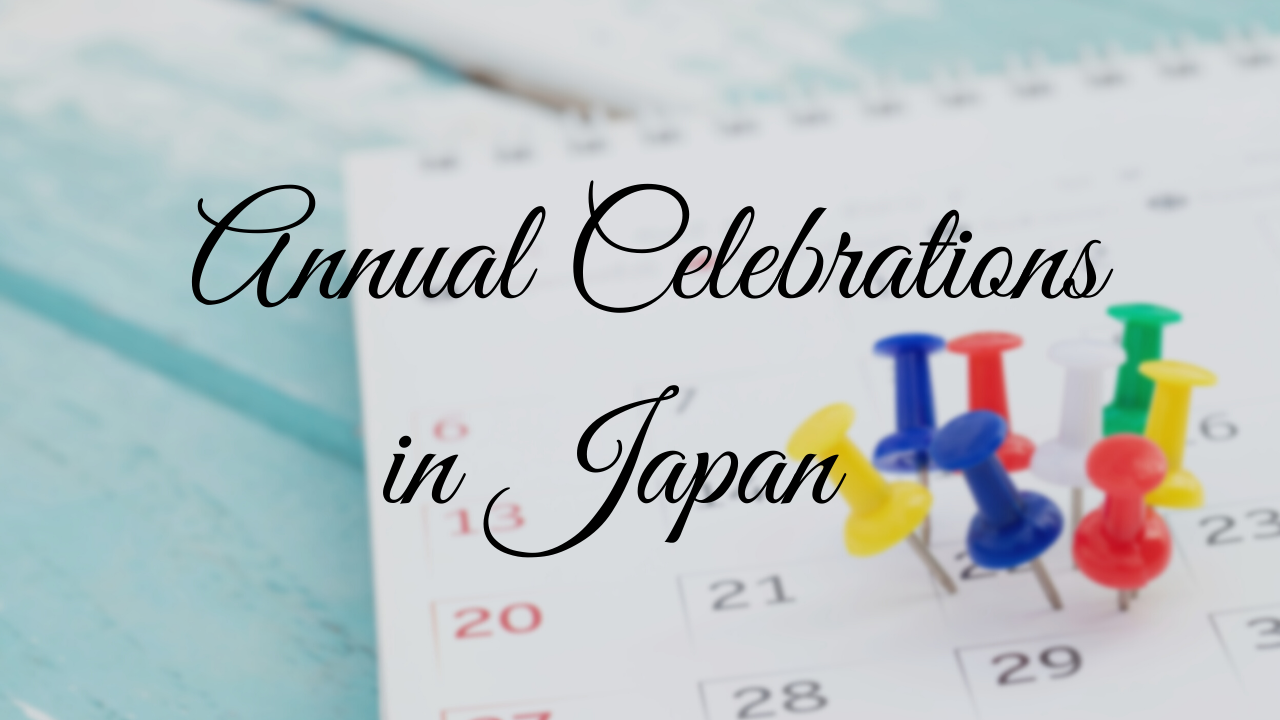
Published on
August 24, 2025

Japan is dealing with extremely hot summers, but the mountain areas are coming to the rescue as new places to escape the heat. Resorts that were famous for winter activities are now becoming summer gems. They offer a cooler climate, beautiful nature, and a plethora of summer activities. Tourist hot spots such as Hakuba, Nagano, Karuizawa, and Yatsugatake are now drawing visitors who wish to escape heat suffocated cities.
High-altitude places that are above 1500 meters offer a refreshing breeze and a cooler climate, breathing a sigh of relief to the densely populated cities. Though ski slopes are mostly quiet during the summer, many areas are busy with summer activities like hiking, biking, and paddleboarding. Visitors can now get to ski during the winter, and hike, bike, paddleboard, and glamp during the summer. Resorts are adapting to climate change that has made snowfall less reliable by shifting focus towards off-season activities.
Turning Ski Resorts into Multifunctional Summer Spots
Mountain resorts are now modifying their operations to include a “green season” or shoulder season which ranges from spring to autumn. It takes advantage of the natural landscape as well as cooler temperatures. These include SUP (Stand Up Paddleboarding) on mountain lakes, nature walks, and off-road biking. Ski resorts are now offering premium “glamping” which is glamorous camping and includes the traditional glamour of camping with comfort and organized outdoor activities.
In turn, the transformation of the resorts adds a recreational and nature-focused dimension to their tourist appeal and mountain climbing adds to the summer obligations. This enables the resorts to cater to international and local tourists all year round. Moreover, flying to these countries helps avoid the unbearable summertime temperatures of the cities which are a major tourist attraction together with the nature they provide.
Heat-Escape Tourism Becomes a Trend
The trend of hisho, or escaping to cooler rural areas, is growing, notably to summer retreats like Okuhida, Kamikochi, and Lake Kawaguchi, all of which remain below 26°C. These summer getaways are now being marketed nationwide and are viewed as respite areas, which can provide a break from the merciless summer heat, making summer tourism a piece of cake for marketers. Train and travel companies are now strategically promoting highland areas beyond“look and behold,” pushing their scenic grace coupled with cooler temperatures.
The trips provide a welcome respite from everyday chaotic city life, and help in unexpected mental and physical recovery. The hisho marketed areas now also provide aerial tours and other guided leisure activities to enhance the appeal of the once untouched untouched rurals.
The Change in the Local
The changes in the economy along with the merciless summer heat have changed the travel trends, and upward bounded activities have slightly changed. Due to the high price to pay coupled with intense heat, families have now clocked turn the unwinding budget beach activities like camping and amusement parks. Rather, pay a visit to affordable, serene getaways. The hisho advertised areas are now being transformed into comfort resorts, providing outdoor activities like paddleboarding, guided hikes, biking, and comfy camping, that allow full immersion in the essence of the nature.
The shifting travel patterns underscore the need for relaxation activities under favorable climates. Multifunctional resorts can appeal to a broader demographic, including families, solo tourists, and adventure seekers.
The Problems Facing Summer Tourism in High Alpine Regions
Even resorts in the mountains have their problems. Recent heat waves have pushed the temperatures of some high-altitude resorts up to the mid-30s°C. Moreover, high humidity in metropolitan areas can travel to tourists not used to Japan’s summers.
To enhance visitor comfort, resorts offer shaded rest areas, temperature-conscious lodgings, and activities scheduled for cooler hours. Despite unpredictable weather, organized tours and expertly led activities can complement the charm of highland regions. However, luring substantial numbers of visitors during peak heat periods remains a struggle.
Innovative and Diversified Approaches Focused on Growth
Summer activities are giving ski resorts a facelift and transforming their business models. Attractions that would have traditionally drawn travelers to the shores and cities such as mountain biking, stand-up paddleboarding, and glamping are now adding to ski resorts. By marketing cooler climates and the myriad of activities offered, ski resorts can stand out in the congested travel marketplace.
Marketing focuses on the stunning landscapes and climate benefits of high-altitude locations. Creating additional appeal, such as guided tours, adventure programs, or deep-dive nature experiences, helps make these resorts more attractive and cultivates repeat visits.
A New Era for Japan’s Summer Tourism
The impact of climate change and increasingly hot urban areas is transforming the tourism industry in Japan. Summer travel is increasingly focused on mountain getaways, which offer more comfortable alternatives to the sweltering urban centers. Resorts that broaden their offerings and effectively market high-altitude immersive outdoor experiences stand to benefit from a growing segment of climate-conscious travelers.
Beyond winter sports, Japan’s alpine regions now offer an escape from the heat, nature, and unique recreational activities. With well-thought-out plans, diversified offerings, and robust marketing targeting climate benefits, mountain resorts are transforming travelers’ experiences during summer in Japan. This is a remarkable change in the tourism industry as these high-altitude getaways can prosper during the hot and unpredictable weather.
link

